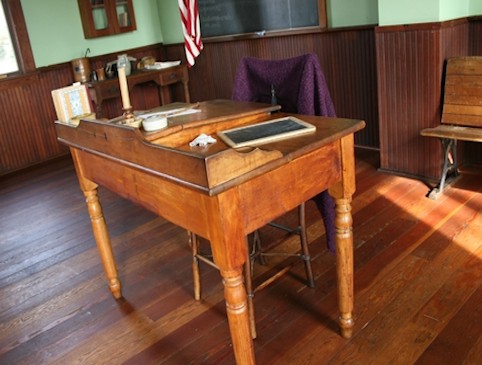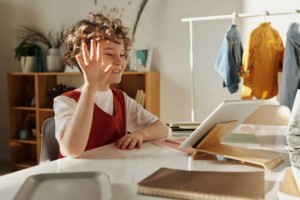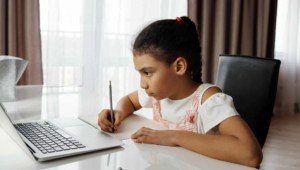Who Moved My Desk?

“My desk is very important to me, I’m very organized. I keep paper and pens and sticky notes in the drawers–supplies my students need. Without it I’m not sure I can create a positive learning environment on the first day.”
In a back to school meeting, the fifth year teacher was lamenting the loss of her big wooden teacher desk in a furniture upgrade related to a shift to a blended learning environment.
Perhaps you remember Spencer Johnson’s 1998 best seller on change management, Who Moved My Cheese? It spent five years on the bestseller list because so many of us could relate to the story of Hem and Haw and their reaction to a lost routine.
The young teacher’s concern was not just about furniture. As she and her colleagues spoke about the first week of school, a broader set of issues emerged:
- Teachers found out about the furniture swap when they walked into their classrooms and the decision wasn’t aligned with the majority of teacher feedback;
- Teachers were searching for images of how the blended environments would work– there was not a well developed shared instructional vision;
- Teachers that had thrived in an autonomous teacher-centered classroom were nervous about how well the new personalized learning strategies would work–and the profound changes it implied in their professional identity and practice.
The change dialog reminded me of a few of the tips we outlined in the Blended Learning Implementation Guide.
Develop conditions for success:
- Hold community conversations leading to common academic goals and shared images of what powerful learning.
- Build stakeholder support with field trips, videos, and profiles. Mesa (Arizona) held a EdTech Expo and gave mini-grants to teacher teams. Katie Decker, Bracken STEAM, encourages “in-school field trips” to classrooms where teacher leaders are innovating.
- Leverage teacher leaders with pilot projects. CityBridge Fellowships develop teacher leaders in DC–and they are helping to change the landscape.
Build a 3 year plan:
- Pick a blended learning model that addresses student needs and leverages school assets.
- Plan the transition in 3 or 4 phases depending on budget and capacity.
- Build partnerships with schools/networks on the same journey.
Build a personalized blended learning plan for teachers:
- Emphasize mindset shifts and give teachers a chance to experiment with new approaches in a low-stakes context.
- Combine team based and individualized online learning opportunities for teachers.
- Study and discuss staffing options at OpportunityCulture.
Support implementation:
- Make sure there is enough broadband, power outlets, and technical support for the new learning environment
- Measure progress, talk about what’s working and not, and stay flexible.
The transition to blended environments, personalized learning, and competency-based progressions is complex and challenging. It changes learner and teacher roles in profound ways. It takes thoughtful distributed leadership that creates a shared vision and puts it on a timetable that allows early adopters to move and others to study.
Start the conversation. Be good to each other.
For more see Leading with Teacher Innovation.








0 Comments
Leave a Comment
Your email address will not be published. All fields are required.